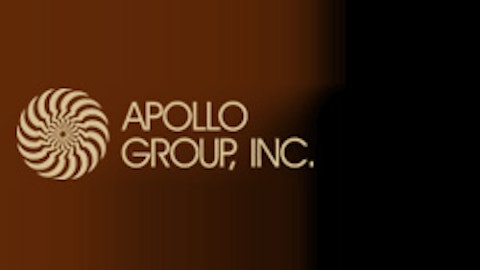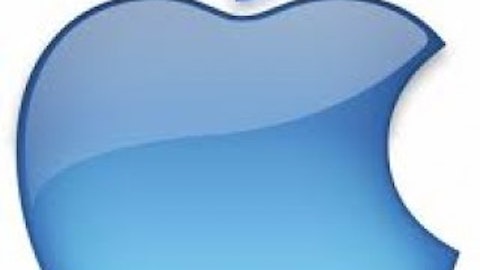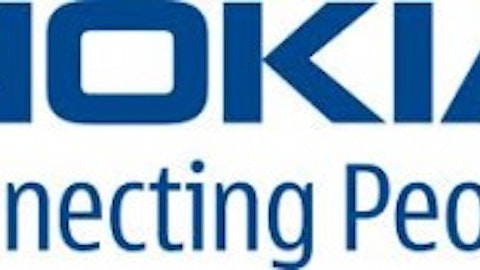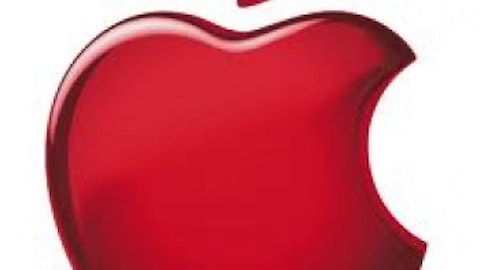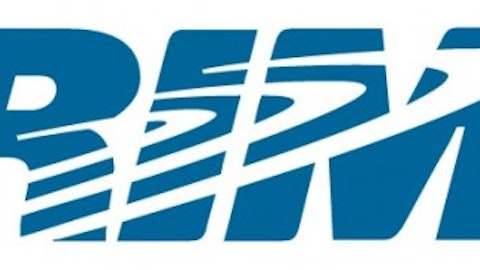At record low interest rate levels, Apple could issue debt and theoretically save cash by buying back shares. Let’s assume Apple raises $25 billion in 10yr debt, and $25 billion in 30yr debt. Comparing yields seen on its peers’s debt of similar duration, Apple could pay about 2.75% on its 10 yr debt and 4.25% on its 30 yr debt. Apple’s average interest rate would be 3.5% (These are large assumptions, but I believe them to be a factually supported and a good first guess). Given the tax savings on its interest payments, the debt would have an after tax cost of 2.28%. Apple’s dividend yield is currently around 2.3%. Issuing debt and buying back shares would actually save cash and lower outstanding shares. Debt would allow Apple to keep its balances abroad and continue to gain leverage to negotiate with the government. All Apple has to do is stomach the idea of issuing debt. On a side note, isn’t it interesting that the US government’s policy aimed at lowering interest rates allows companies to finance their offshore cash balances cheaply, thereby further reducing the incentive to bring money back to the United States.
Obviously, it takes some time to issue $50 billion in debt. If Apple raises debt acknowledging its purpose is to buy back shares the stock price may change. There will be a new $50 billion buyer, shorts may cover, there may be less sellers, and Apple will not be able to take advantage of the depressed prices. I believe over the next few months, Apple should use its US safety cushion to buy back shares, and once they have accumulated their desired shares, issue debt to restore their US cash balance. It is also important to note that they have over $8 billion left on their initial buyback policy from last March that has already been approved. I am not sure if Apple must publicly acknowledge an additional buyback policy before action is taken. Please comment below if you know the answer to that question.
So Why Now?
When Apple initiated its $45 billion 3-year program in March 2012, the stock price was trading around $600. It is at a historic low since initiating their dividend, now hovering around $450. Since March of 2012, earnings have dramatically increased and Apple has significantly more cash. Apple’s stock is much cheaper (again on an earnings basis) than a year ago. I hope the CEO and CFO of Apple view their stock as cheap at these levels and understand how accretive a buyback could be for shareholders given their visions for Apple coming to fruition.
The article Why Apple Should Use Debt to Finance a Larger Buyback originally appeared on Fool.com and is written by Ryan Dagerman.
Copyright © 1995 – 2013 The Motley Fool, LLC. All rights reserved. The Motley Fool has a disclosure policy.
